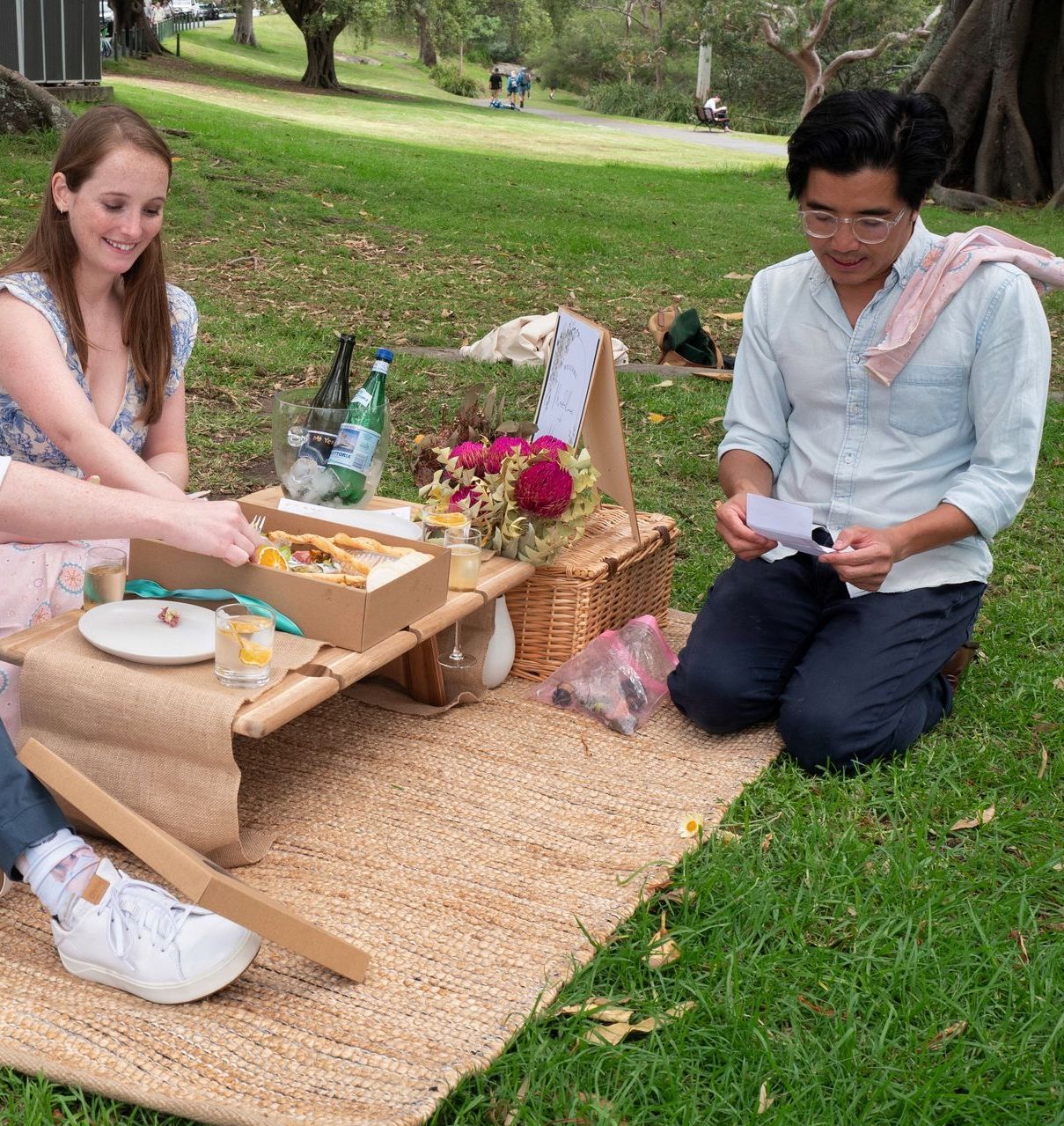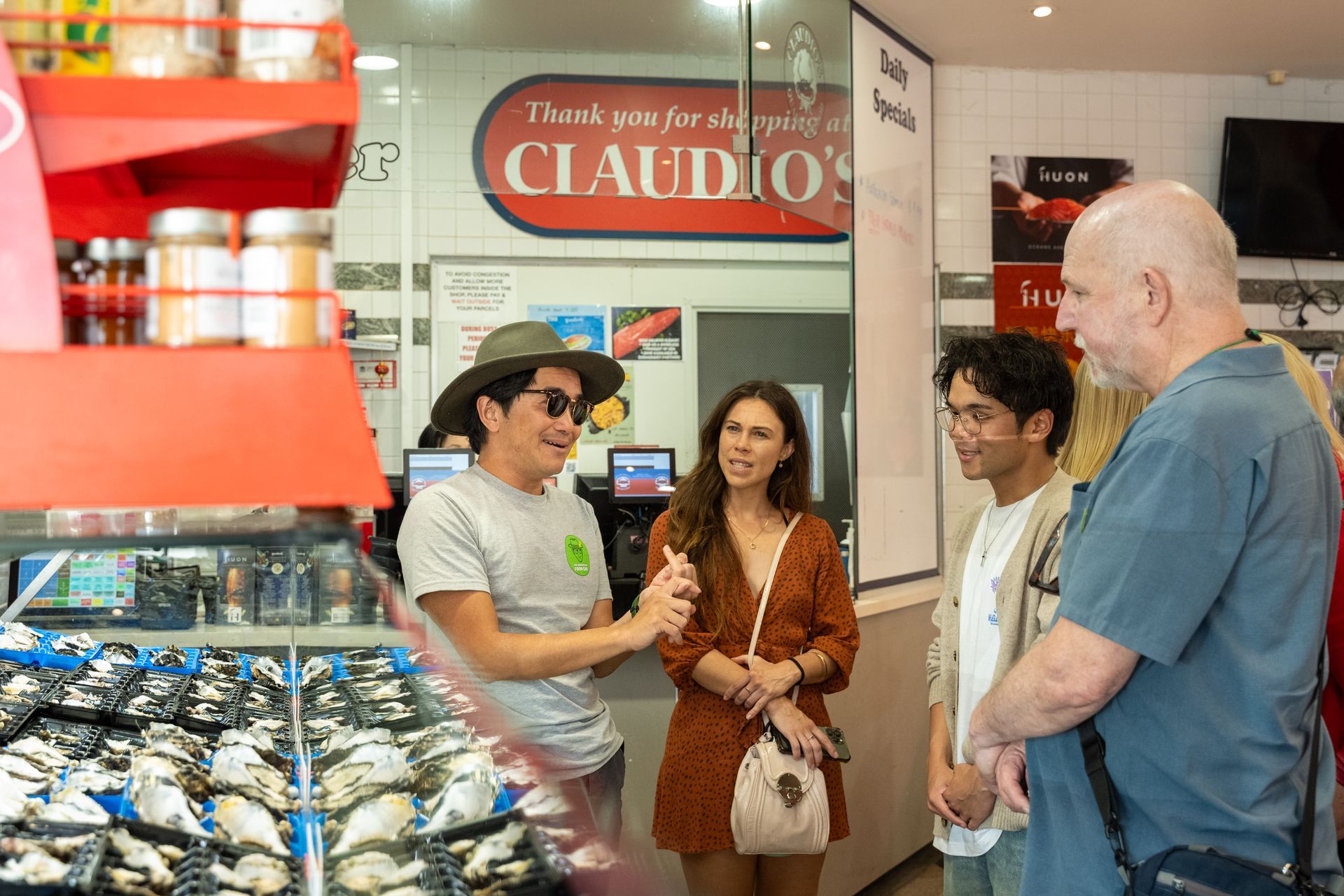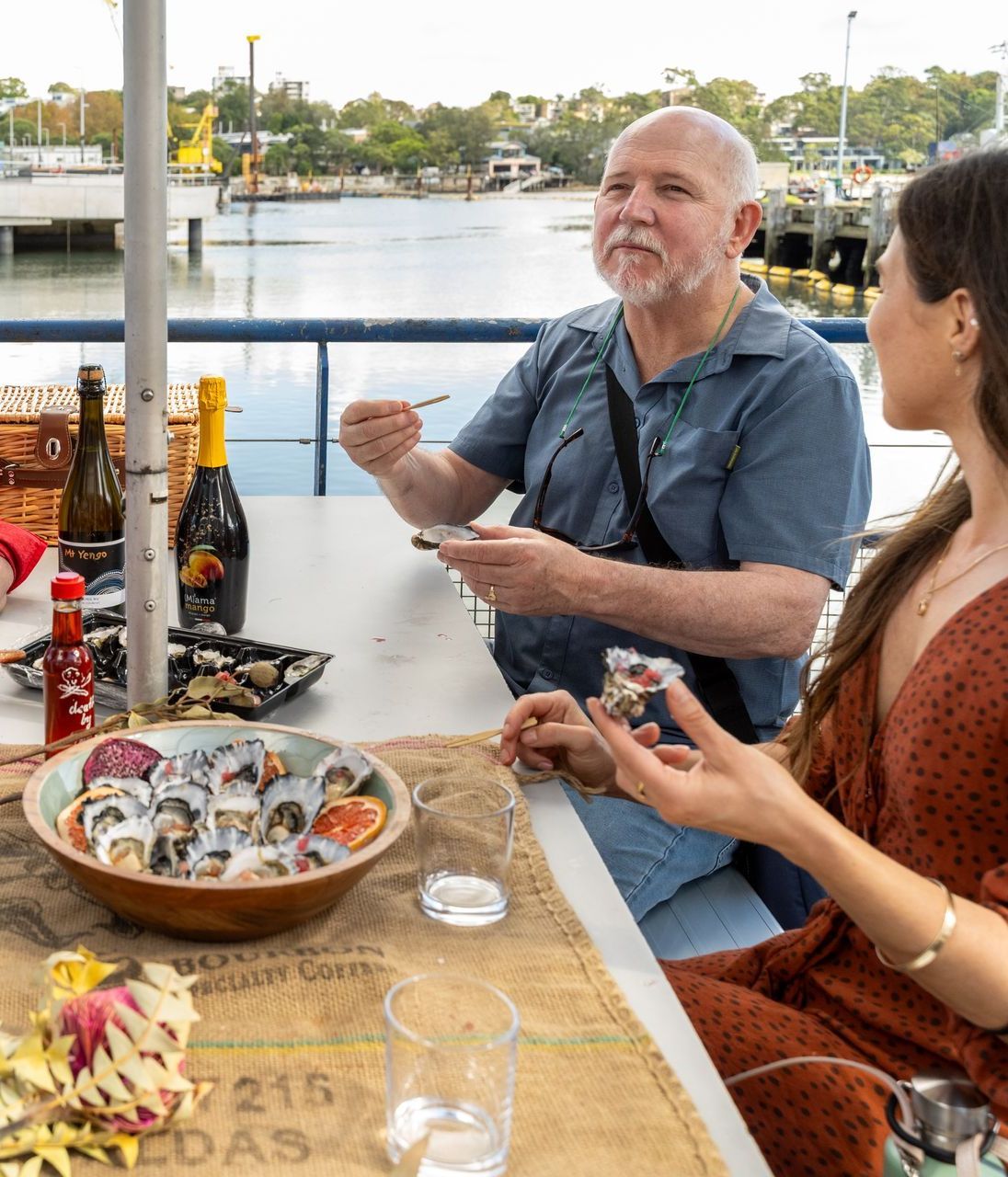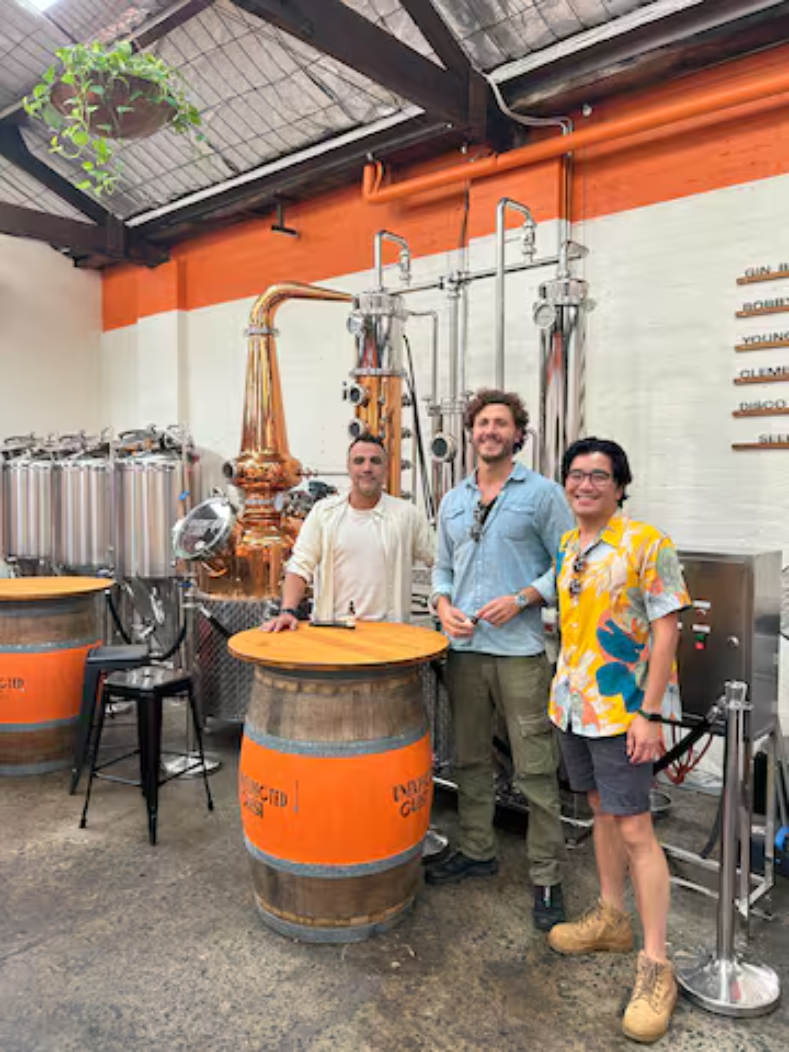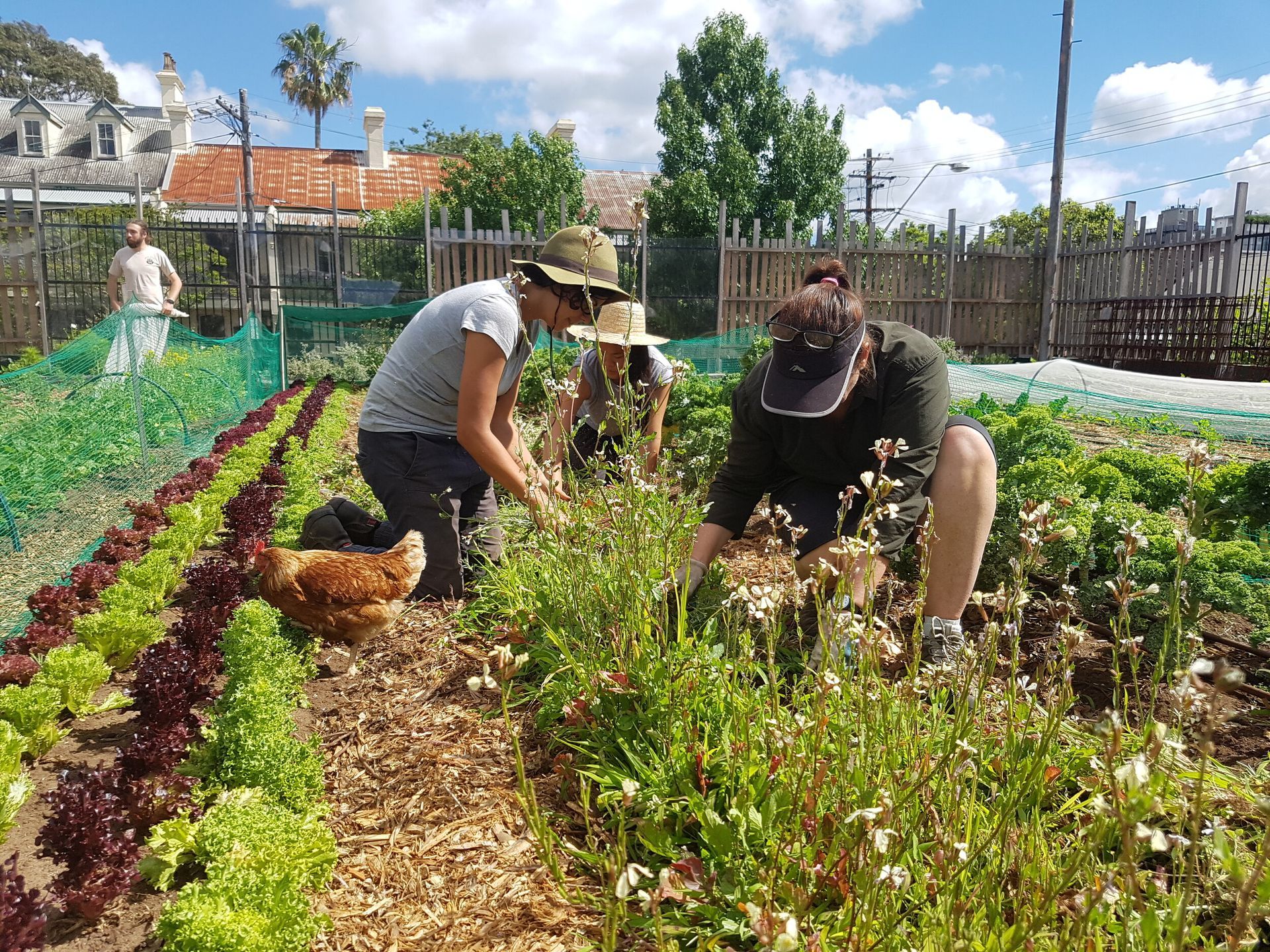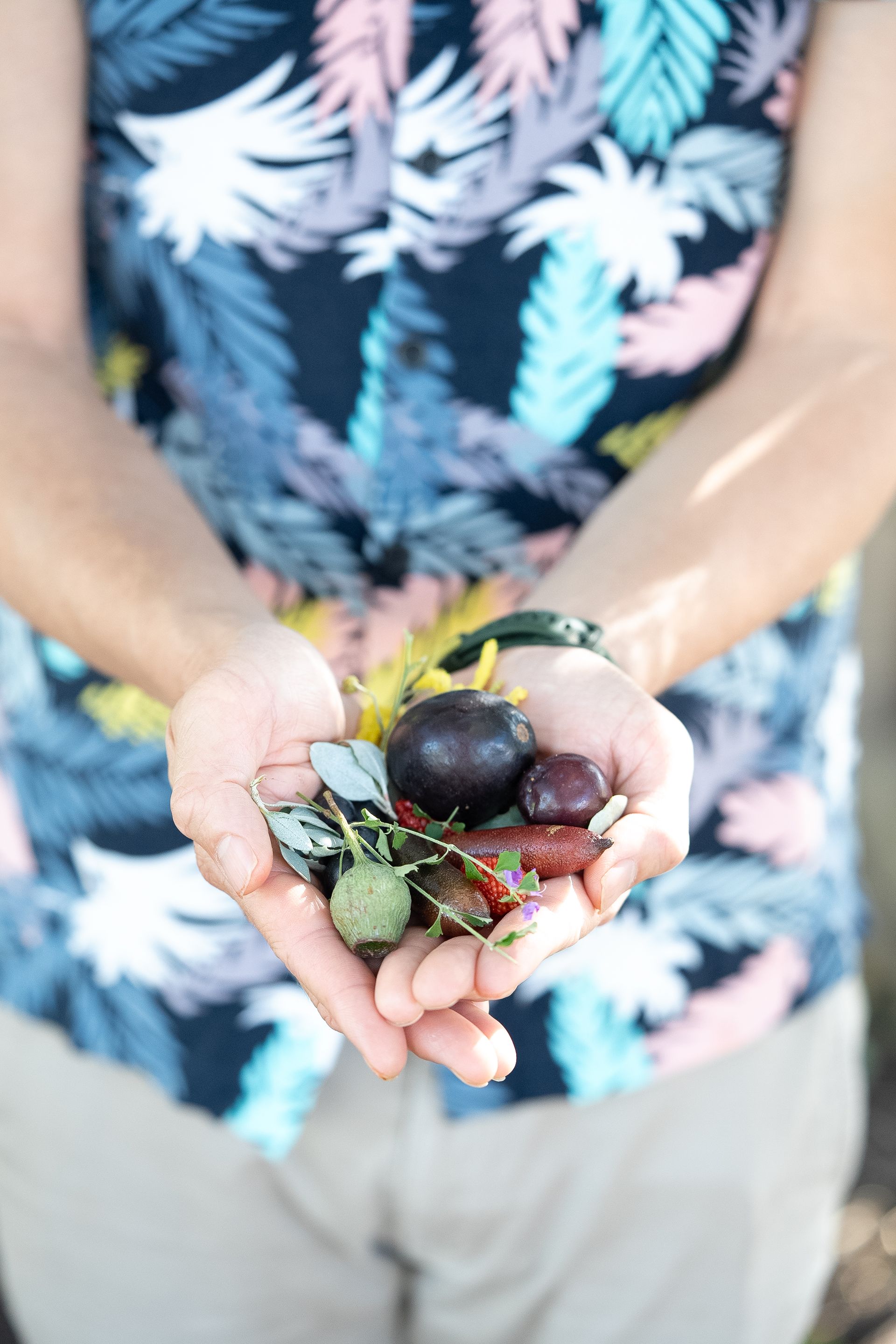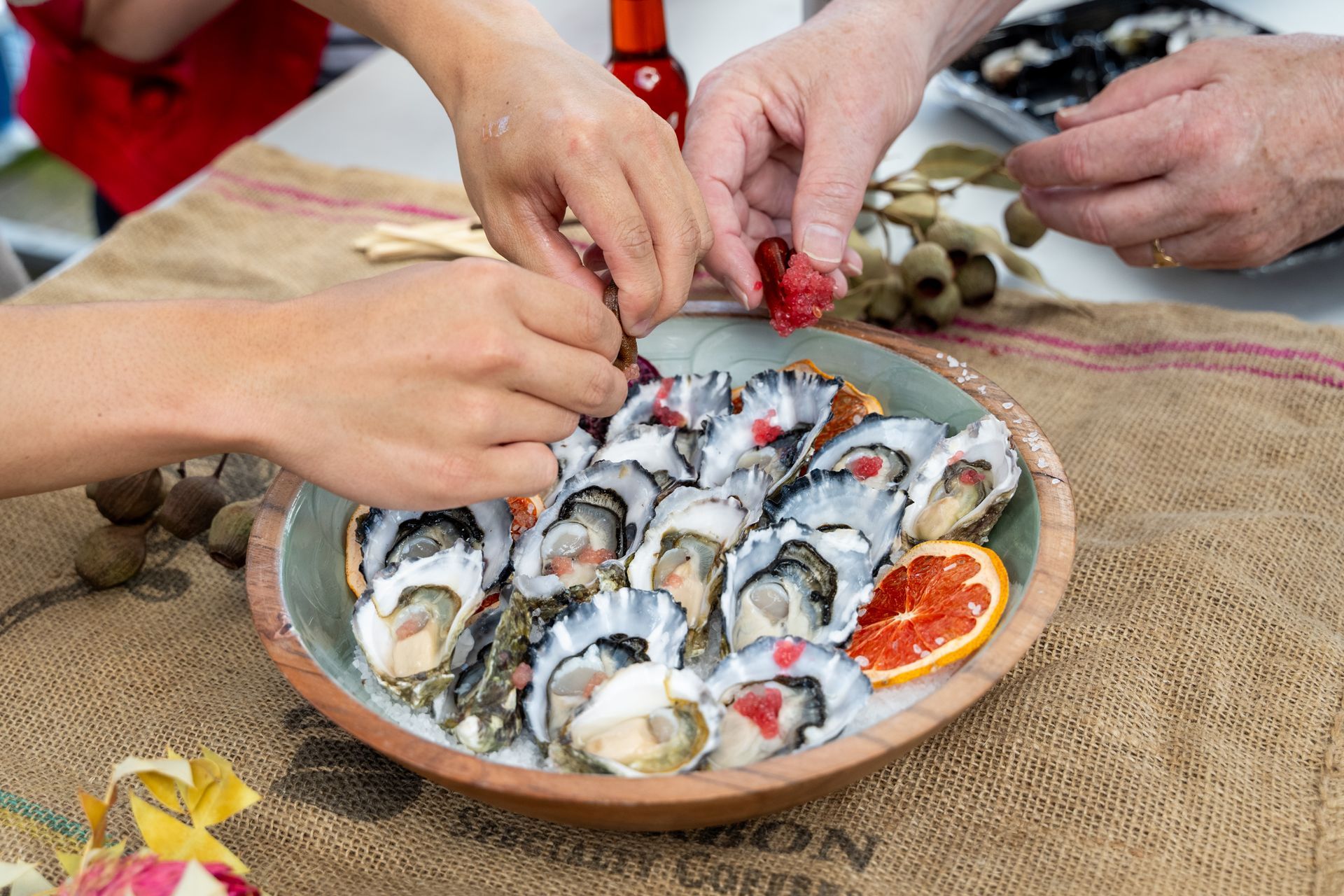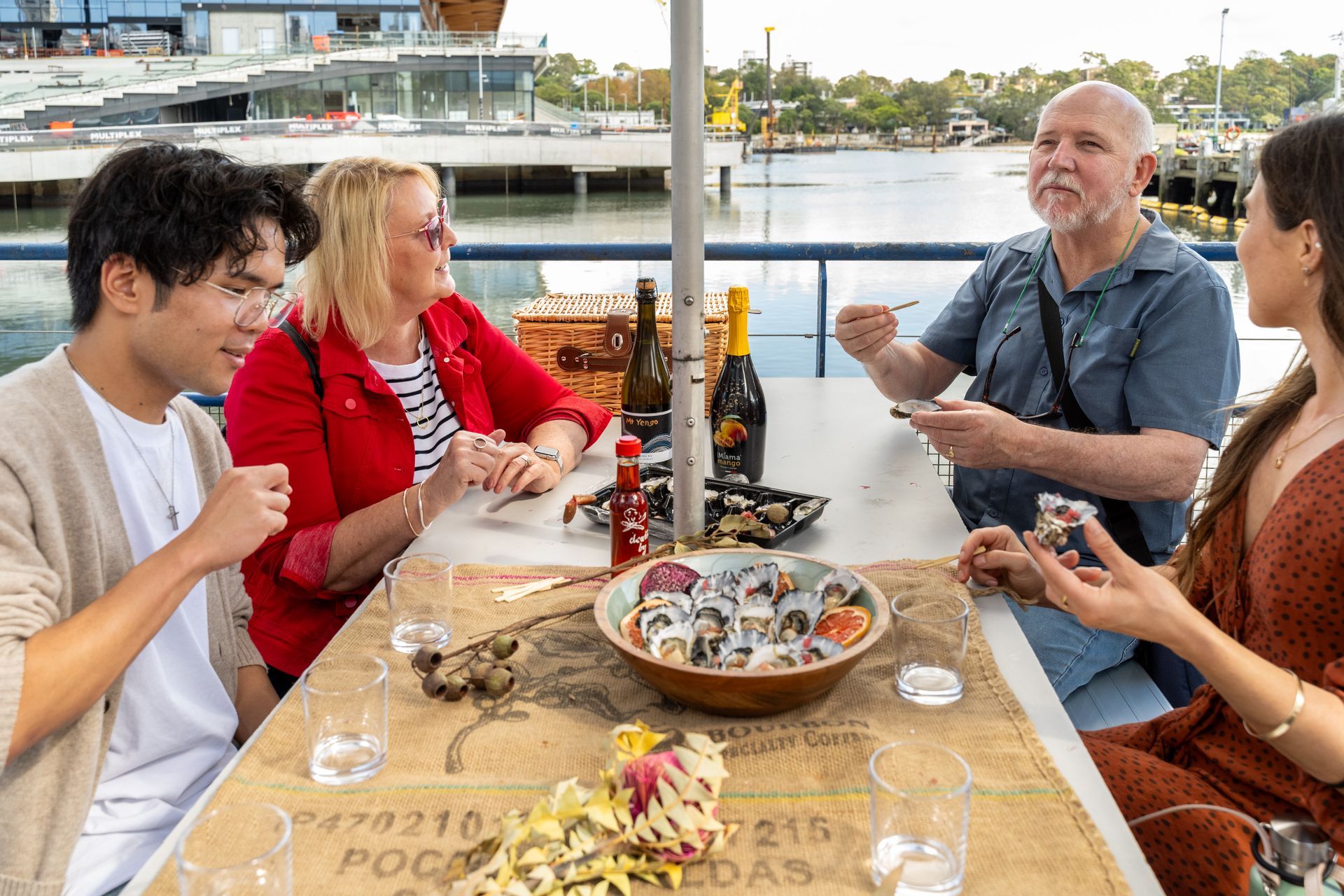The Untold History Behind Australia’s Native Ingredients
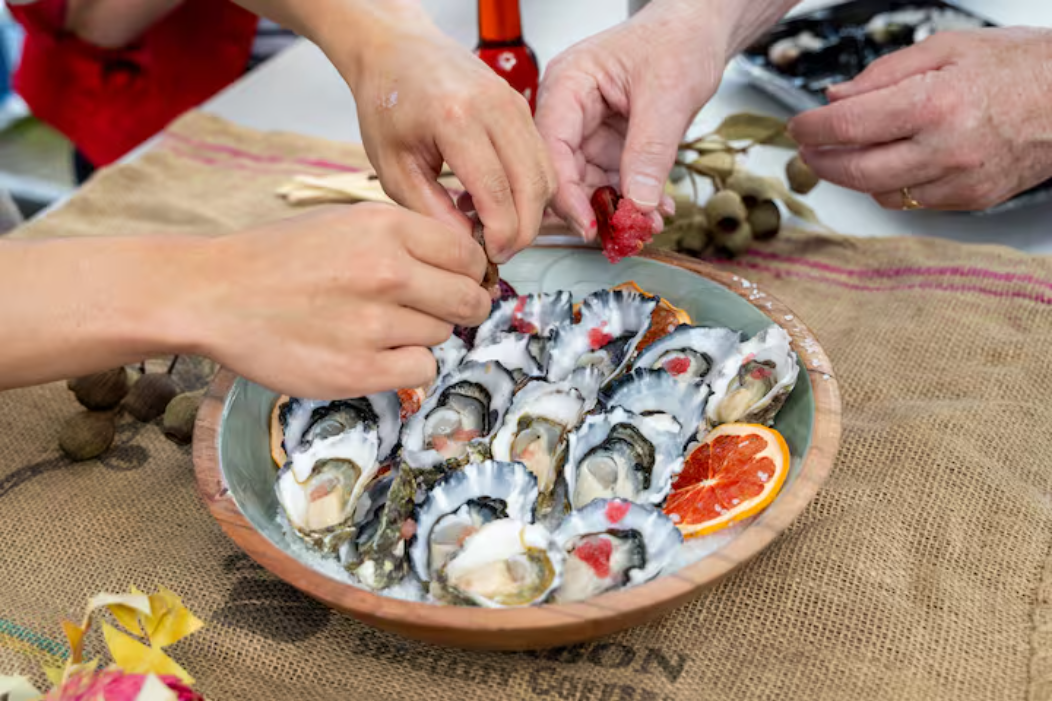
Before lamingtons, before pub schnitzels, before smashed avo became a brunch religion there were saltbush leaves, bunya nuts, pepperberries, and green ants. Long before colonisation, this land had a cuisine. It was precise, sustainable, and full of meaning. But that history? Still untold in most kitchens, cookbooks, and travel brochures. It’s time we changed that. Because native Australian ingredients aren’t just food they’re culture, survival, and story.
Table of Contents
- Before Supermarkets: The Original Food System
- 65,000 Years of Culinary Intelligence
- Displacement, Erasure, and Why You Haven’t Tasted This
- Every Ingredient Has a Backstory
- Why Native Flavours Are Making a Comeback
- Serving Respect Alongside Every Tasting
- Conclusion: Taste the Past to Respect the Present
Before Supermarkets: The Original Food System
Long before delivery apps and café culture, Indigenous communities lived by a food system that worked with the land, not against it. They didn’t just gather they knew. What to pick, when to pick it, how to prepare it. From seasonal harvesting to knowledge-sharing across generations, native food wasn’t just sustenance it was ceremony, connection, and deep care for Country.
65,000 Years of Culinary Intelligence
Australia’s native ingredients aren’t just trendy they’re ancient. Finger lime, for example, wasn’t “discovered” in the last decade. It’s been known and used for thousands of years. Same goes for wattleseed, which has fed generations with its rich, nutty flavour and slow-release energy. This isn’t food faddism. It’s Indigenous food science refined over millennia.
Displacement, Erasure, and Why You Haven’t Tasted This
So why don’t more Australians and travellersknow these ingredients? Colonisation didn’t just take land. It pushed aside food knowledge, disrupted seasonal cycles, and replaced native nutrition with imported staples. The bush pantry was left out of mainstream kitchens. Even now, many chefs don’t know how to source or serve these ingredients ethically. That’s not just a missed opportunity. It’s a cultural loss.
Every Ingredient Has a Backstory
When we serve guests green ants or lemon myrtle tea, we’re not just offering flavour we’re offering story. These ingredients come with lore, language, and lived experience. Wattleseed isn’t just “bush coffee.” It’s a symbol of endurance. Davidson plum isn’t just tart—it’s medicinal, ancestral, meaningful. Food this powerful deserves more than a garnish role it deserves respect.
Why Native Flavours Are Making a Comeback
The tide’s turning. Indigenous chefs, growers, and food entrepreneurs are reclaiming their space and their flavour. Diners are finally asking the right questions. And travellers? They’re hungry for meaning, not just menus. At our tours, we see guests light up tasting bush tomato or kangaroo jerky. Not because it’s novel but because it connects them to something real, grounded, and beautifully local.
Serving Respect Alongside Every Tasting
At The Australian Food Guy, we don’t just feature native ingredients we centre them. With story. With permission. With pride. We work with Indigenous producers, respect protocols, and never treat this cuisine as a gimmick. Our food is founder-led, but it’s also community-informed. That’s how we honour the untold history by making sure it’s finally told, bite by bite.
Conclusion: Taste the Past to Respect the Present
Australia’s native ingredients carry more than flavour they carry history. If we want to understand this land, we have to taste it properly. That means listening, learning, and lifting up the voices that kept these foods alive through silence, erasure, and survival. Every green ant. Every slice of finger lime. Every scoop of wattleseed. It’s not just delicious it’s historic.
Wildly Australian, deeply local. And long overdue for the recognition it deserves.

